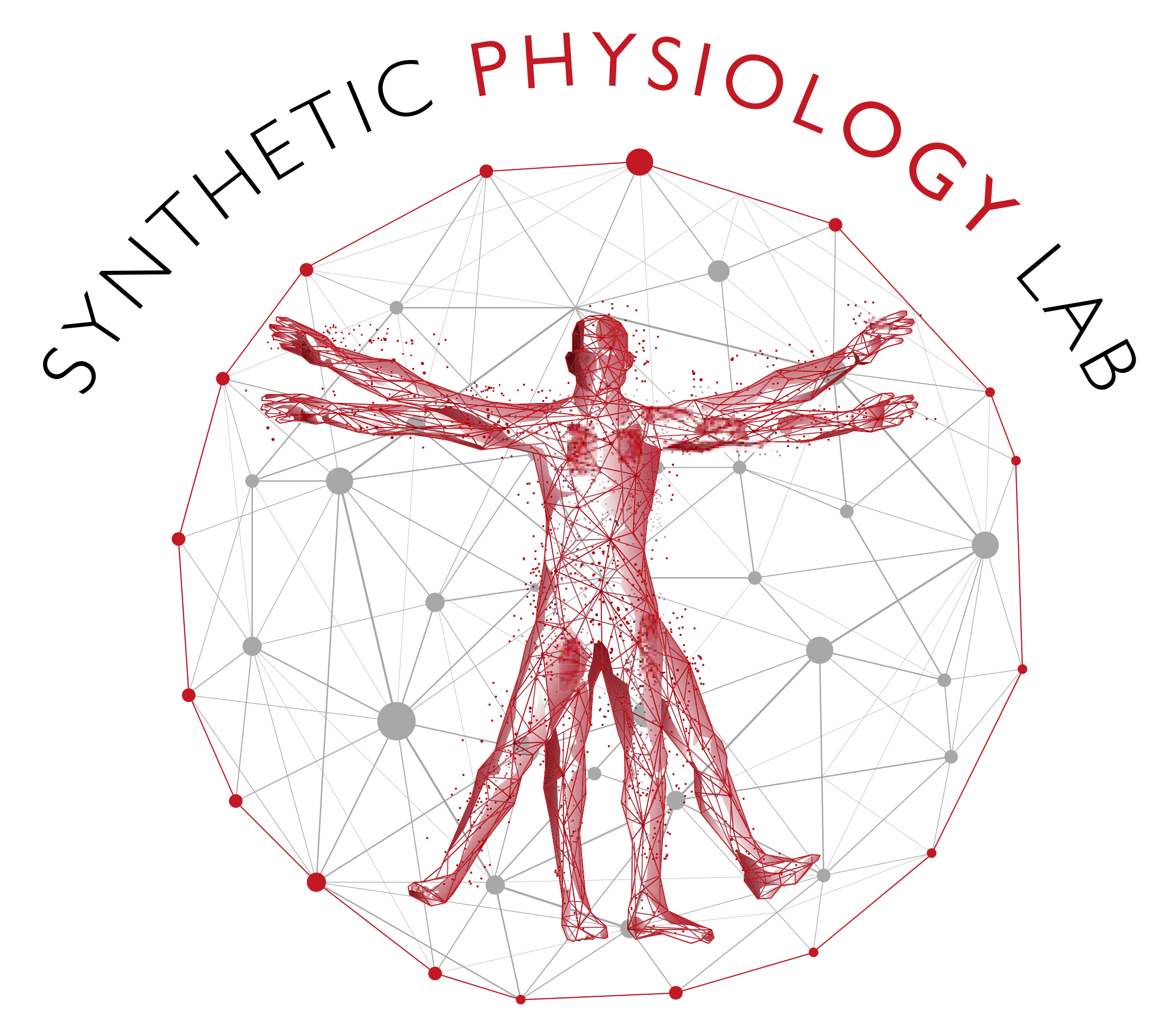
Page Not Found
Page not found. Your pixels are in another canvas.
A list of all the posts and pages found on the site. For you robots out there is an XML version available for digesting as well.

Page not found. Your pixels are in another canvas.

About us

The way we roll

This is a page not in th emain menu

Our team

This post will show up by default. To disable scheduling of future posts, edit config.yml and set future: false.

This is a sample blog post. Lorem ipsum I can’t remember the rest of lorem ipsum and don’t have an internet connection right now. Testing testing testing this blog post. Blog posts are cool.

This is a sample blog post. Lorem ipsum I can’t remember the rest of lorem ipsum and don’t have an internet connection right now. Testing testing testing this blog post. Blog posts are cool.

This is a sample blog post. Lorem ipsum I can’t remember the rest of lorem ipsum and don’t have an internet connection right now. Testing testing testing this blog post. Blog posts are cool.

This is a sample blog post. Lorem ipsum I can’t remember the rest of lorem ipsum and don’t have an internet connection right now. Testing testing testing this blog post. Blog posts are cool.
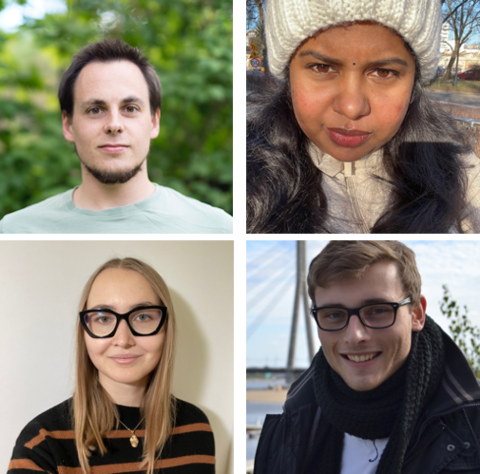
We welcome our new team members:
Dr. Alessandro Enrico is a materials scientist from the KTH Royal Institute of Technology in Stockholm (Sweden),
Dr. Saranya Vasudevan is an expert in molecular dynamics from Bharathiar University (India),
Ms. Bohdana Horda from Unipv (Italy) is a graduate of our MS in Bioengineering at the University of Pavia (Italy),
Dr. Julius Zimmermann is a physicist and computational scientist from the University of Rostock (Germany).
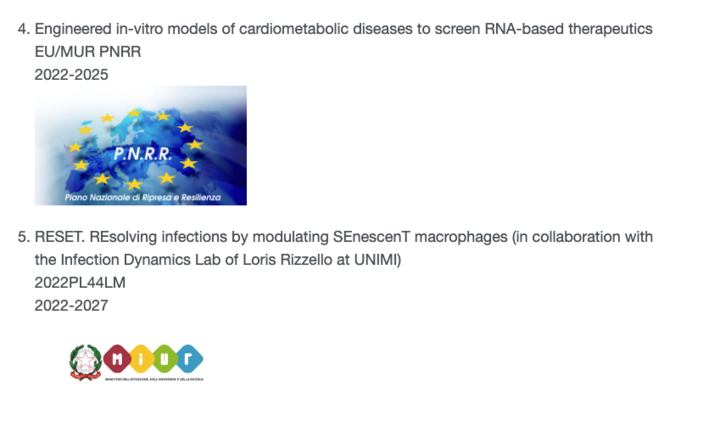
The lab was fortunate to secure new funding for collaborative projects:

TODO
Download here

TODO
Download here

TODO
Download here

TODO
Download here

TODO
Download here

Download here

Download here

TODO
Download here

Download here

Download here

Micromolded gelatin can be used to engineer laminar human myocardium on microelectrode array chips for electrophysiological studies and drug testing.
Download here

Download here

TODO
Download here

Download here

<jats:p>
A bio-inspired swimming robot that mimics a ray fish can be guided by light. Park
<jats:italic>et al.</jats:italic>
built a 1/10th-scale version of a ray fish with a microfabricated gold skeleton and a rubber body powered by rat heart muscle cells. The cardiomyocytes were genetically engineered to respond to light cues, so that the undulatory movements propelling the robot through water would follow a light source.
</jats:p>
<jats:p>
<jats:italic>Science</jats:italic>
, this issue p.
<jats:related-article xmlns:xlink="http://www.w3.org/1999/xlink" ext-link-type="doi" issue="6295" page="158" related-article-type="in-this-issue" vol="353" xlink:href="10.1126/science.aaf4292">158</jats:related-article>
</jats:p>
Download here

Download here

TODO
Download here

Download here

TODO
Download here

Acute myocardial infarction and chronic heart failure rank among the major causes of morbidity and mortality worldwide. Except for heart transplantation, current therapy options only treat the symptoms but do not cure the disease. Stem cell-based therapies represent a possible paradigm shift for cardiac repair. However, most of the first-generation approaches displayed heterogeneous clinical outcomes regarding efficacy. Stemming from the desire to closely match the target organ, second-generation cell types were introduced and rapidly moved from bench to bedside. Unfortunately, debates remain around the benefit of stem cell therapy, optimal trial design parameters, and the ideal cell type. Aiming at highlighting controversies, this article provides a critical overview of the translation of first-generation and second-generation cell types. It further emphasizes the importance of understanding the mechanisms of cardiac repair and the lessons learned from first-generation trials, in order to improve cell-based therapies and to potentially finally implement cell-free therapies.
Download here

TODO
Download here

TODO
Download here

TODO
Download here

<jats:sec>
<jats:title>Methods:</jats:title>
<jats:p>Here, we report an optogenetically based, human engineered tissue model of catecholaminergic polymorphic ventricular tachycardia (CPVT), an inherited arrhythmia caused by mutation of the cardiac ryanodine channel and triggered by exercise. We developed a human induced pluripotent stem cell–derived cardiomyocyte–based platform to study the tissue-level properties of engineered human myocardium. We investigated pathogenic mechanisms in CPVT by combining this novel platform with genome editing.</jats:p>
</jats:sec>
<jats:sec>
<jats:title>Results:</jats:title>
<jats:p>
In our model, CPVT tissues were vulnerable to developing reentrant rhythms when stimulated by rapid pacing and catecholamine, recapitulating hallmark features of the disease. These conditions elevated diastolic Ca
<jats:sup>2+</jats:sup>
levels and increased temporal and spatial dispersion of Ca
<jats:sup>2+</jats:sup>
wave speed, creating a vulnerable arrhythmia substrate. Using Cas9 genome editing, we pinpointed a single catecholamine-driven phosphorylation event, ryanodine receptor–serine 2814 phosphorylation by Ca
<jats:sup>2</jats:sup>
<jats:sup>+</jats:sup>
/calmodulin-dependent protein kinase II, that is required to unmask the arrhythmic potential of CPVT tissues.
</jats:p>
</jats:sec>
<jats:sec>
<jats:title>Conclusions:</jats:title>
<jats:p>Our study illuminates the molecular and cellular pathogenesis of CPVT and reveals a critical role of calmodulin-dependent protein kinase II–dependent reentry in the tissue-scale mechanism of this disease. We anticipate that this approach will be useful for modeling other inherited and acquired cardiac arrhythmias.</jats:p>
</jats:sec>
Download here

Alterations of blood flow patterns strongly correlate with arterial wall diseases such as atherosclerosis and aneurysm. Here, a simple, pumpless, close‐loop, easy‐to‐replicate, and miniaturized flow device is introduced to concurrently expose 3D engineered vascular smooth muscle tissues to high‐velocity pulsatile flow versus low‐velocity disturbed flow conditions. Two flow regimes are distinguished, one that promotes elastin and impairs collagen I assembly, while the other impairs elastin and promotes collagen assembly. This latter extracellular matrix (ECM) composition shares characteristics with aneurysmal or atherosclerotic tissue phenotypes, thus recapitulating crucial hallmarks of flow‐induced tissue morphogenesis in vessel walls. It is shown that the mRNA levels of ECM of collagens and elastin are not affected by the differential flow conditions. Instead, the differential gene expression of matrix metalloproteinase (MMP) and their inhibitors (TIMPs) is flow‐dependent, and thus drives the alterations in ECM composition. In further support, treatment with doxycycline, an MMP inhibitor and a clinically used drug to treat vascular diseases, halts the effect of low‐velocity flow on the ECM remodeling. This illustrates how the platform can be exploited for drug efficacy studies by providing crucial mechanistic insights into how different therapeutic interventions may affect tissue growth and ECM assembly.
Download here

TODO
Download here

TODO
Download here

TODO
Download here

TODO
Download here

Modeling multiscale mechanics in shape-shifting engineered tissues, such as organoids and organs-on-chip, is both important and challenging. In fact, it is difficult to model relevant tissue-level large non-linear deformations mediated by discrete cell-level behaviors, such as migration and proliferation. One approach to solve this problem is subcellular element modeling (SEM), where ensembles of coarse-grained particles interacting via empirically defined potentials are used to model individual cells while preserving cell rheology. However, an explicit treatment of multiscale mechanics in SEM was missing. Here, we incorporated analyses and visualizations of particle level stress and strain in the open-source software SEM++ to create a new framework that we call subcellular element modeling and mechanics or SEM2. To demonstrate SEM2, we provide a detailed mechanics treatment of classical SEM simulations including single-cell creep, migration, and proliferation. We also introduce an additional force to control nuclear positioning during migration and proliferation. Finally, we show how SEM2 can be used to model proliferation in engineered cell culture platforms such as organoids and organs-on-chip. For every scenario, we present the analysis of cell emergent behaviors as offered by SEM++ and examples of stress or strain distributions that are possible with SEM2. Throughout the study, we only used first-principles literature values or parametric studies, so we left to the Discussion a qualitative comparison of our insights with recently published results. The code for SEM2 is available on GitHub at https://github.com/Synthetic-Physiology-Lab/sem2.
Download here
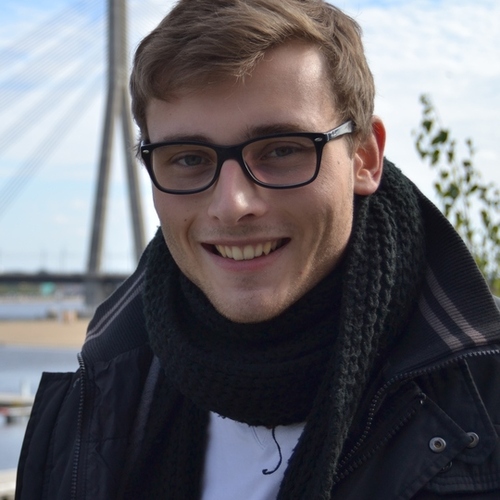
Senior Scientist, University of Pavia
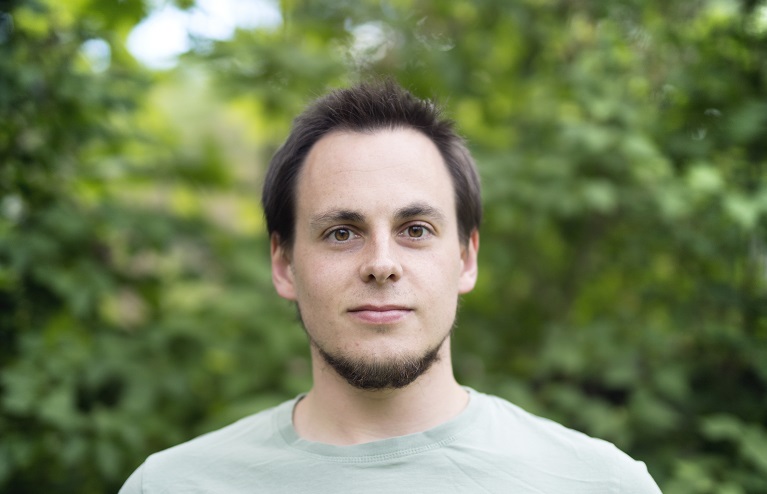
Senior Scientist
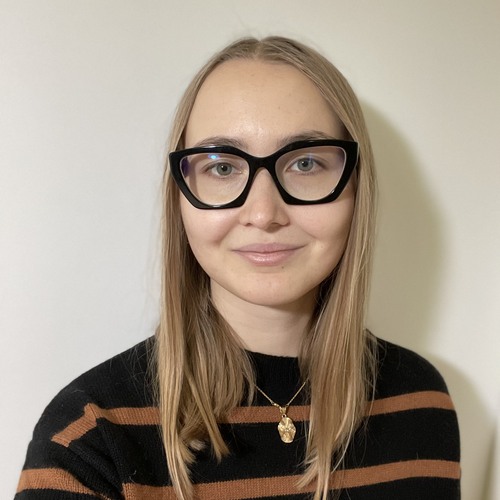
Phd student
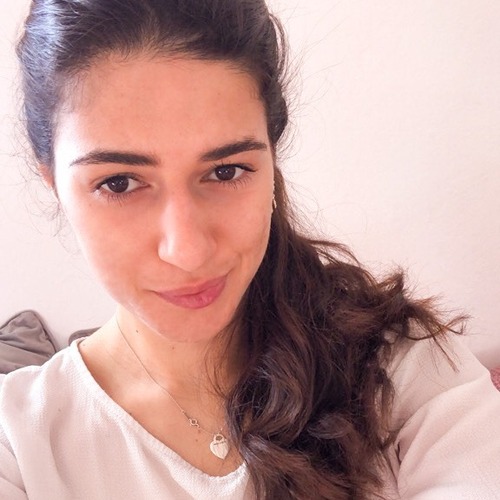
Phd student
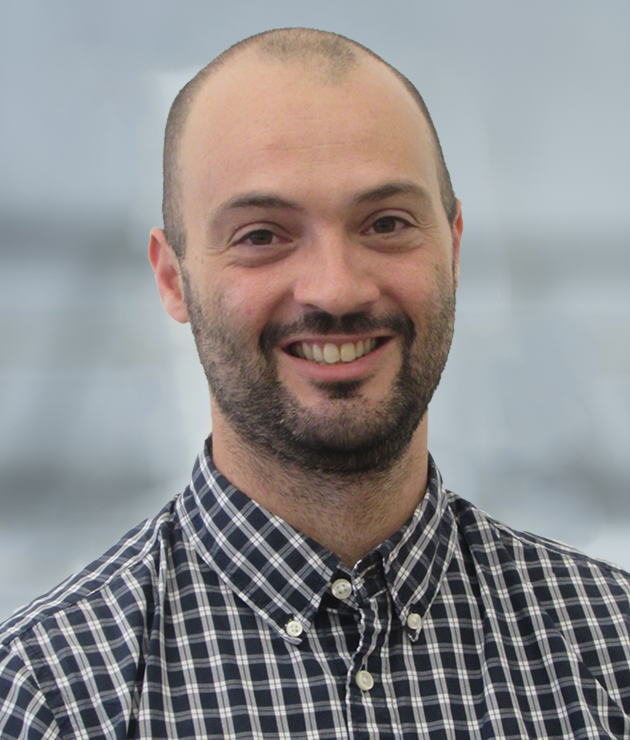
Associate Professor, Industrial Bioengineering, University of Pavia
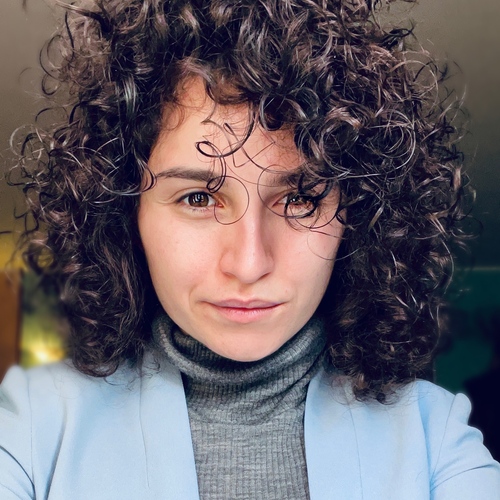
Phd student
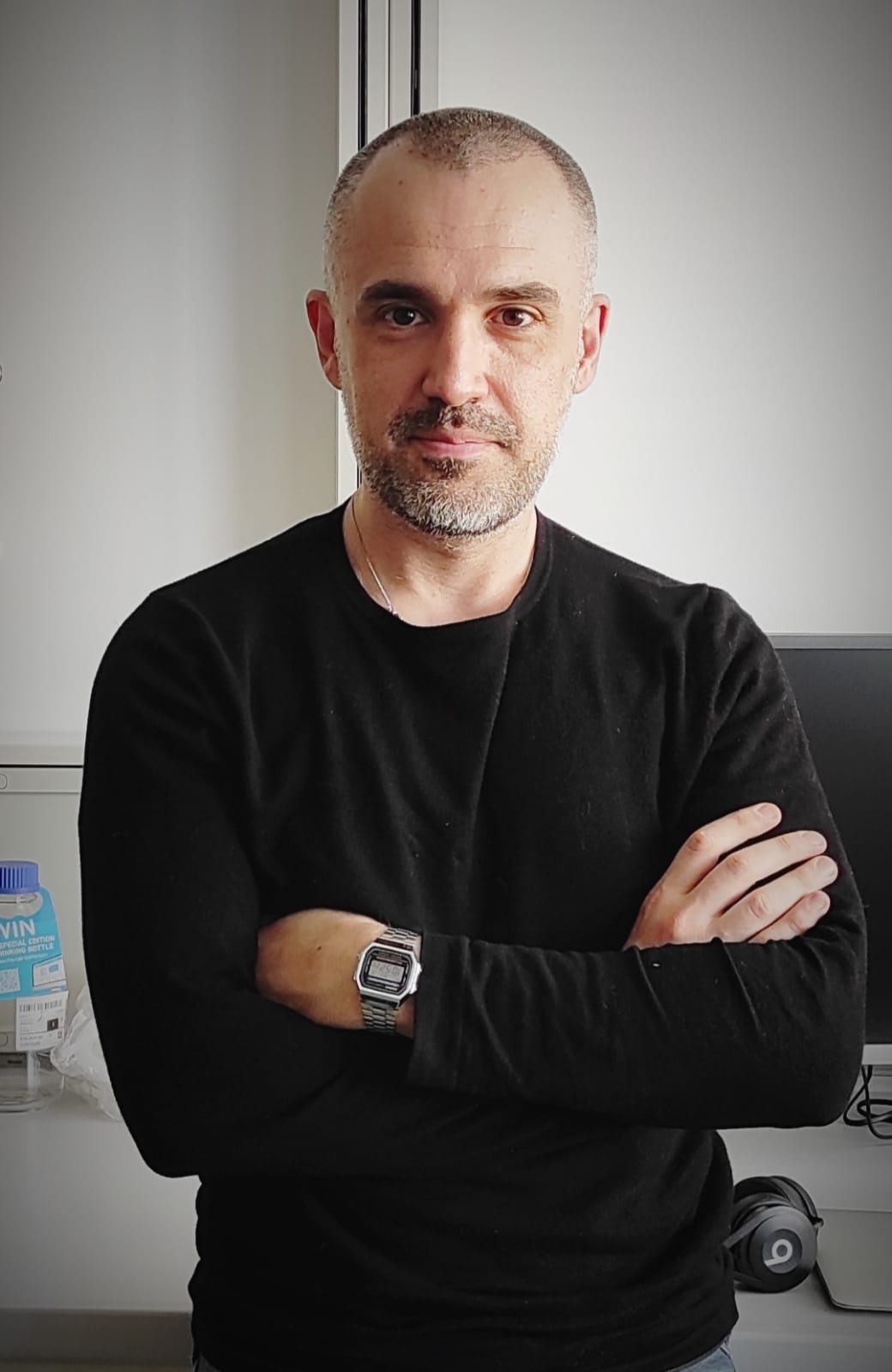
Senior Scientist
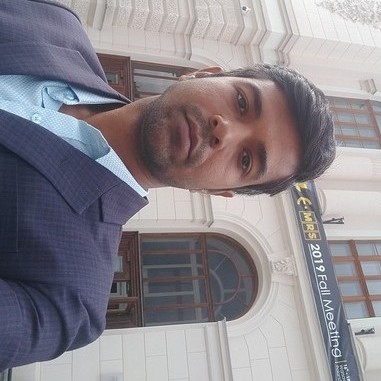
Post-doctoral fellow

Post-doctoral fellow
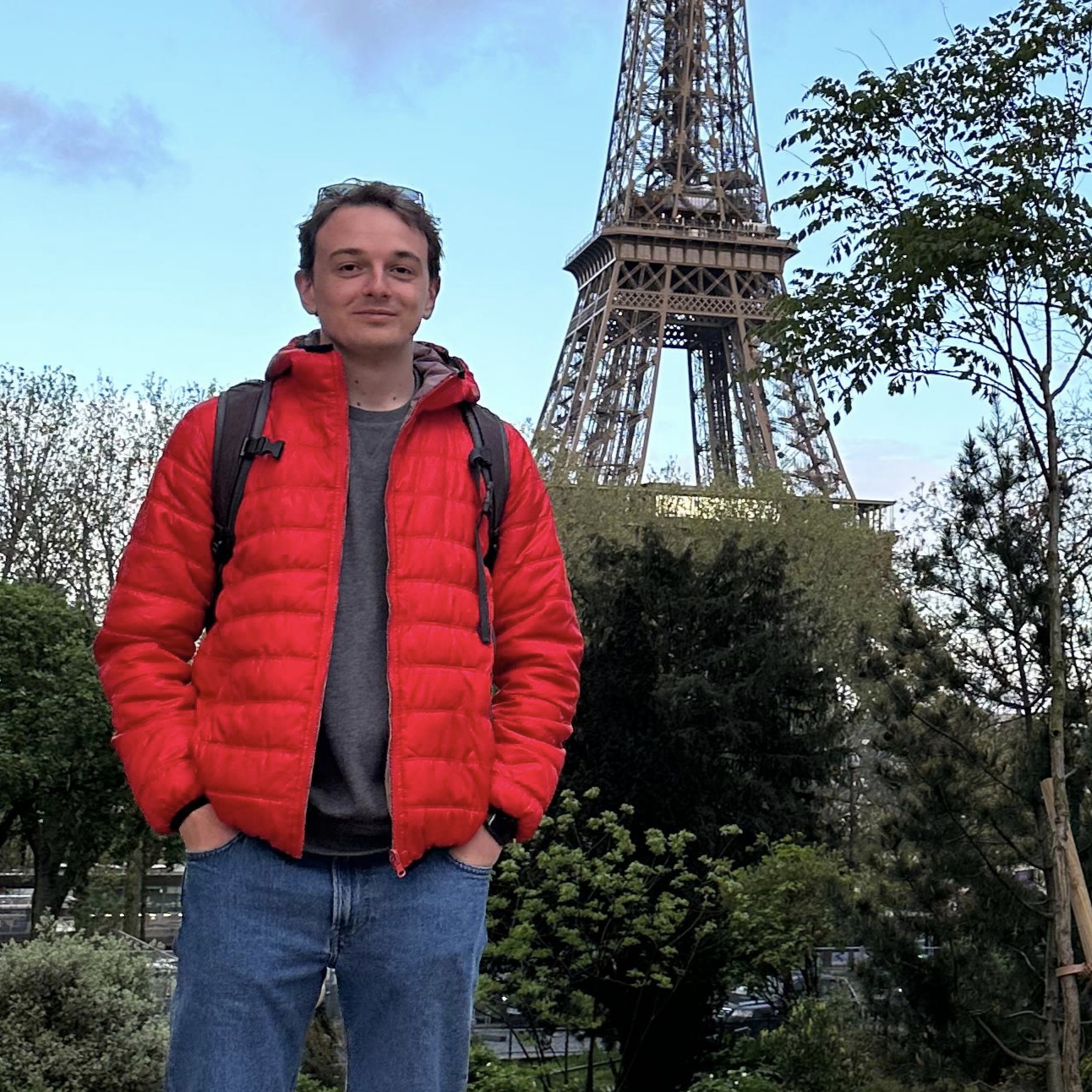
Phd student
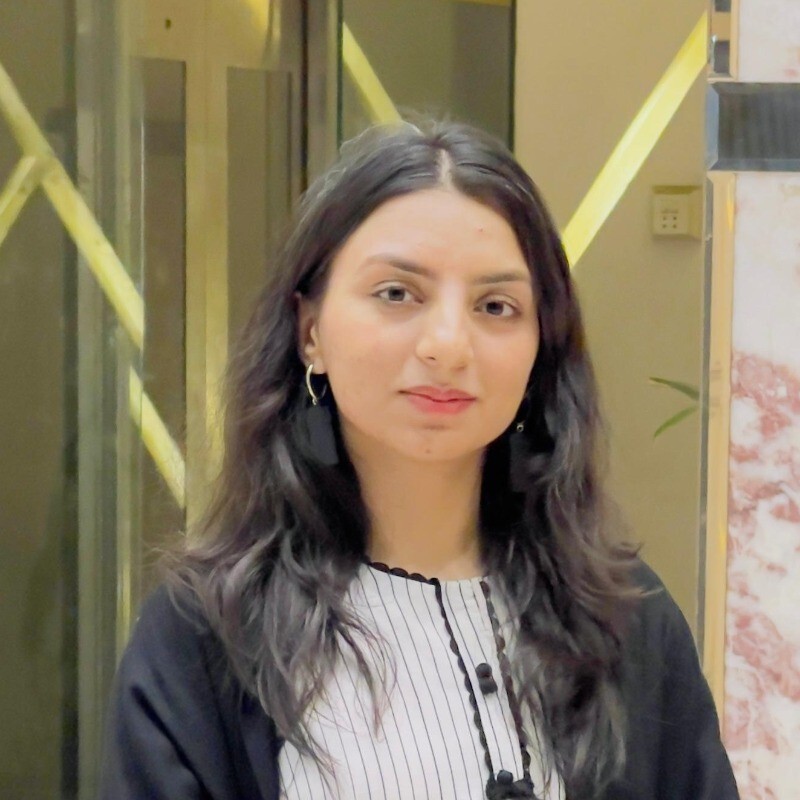
Phd student